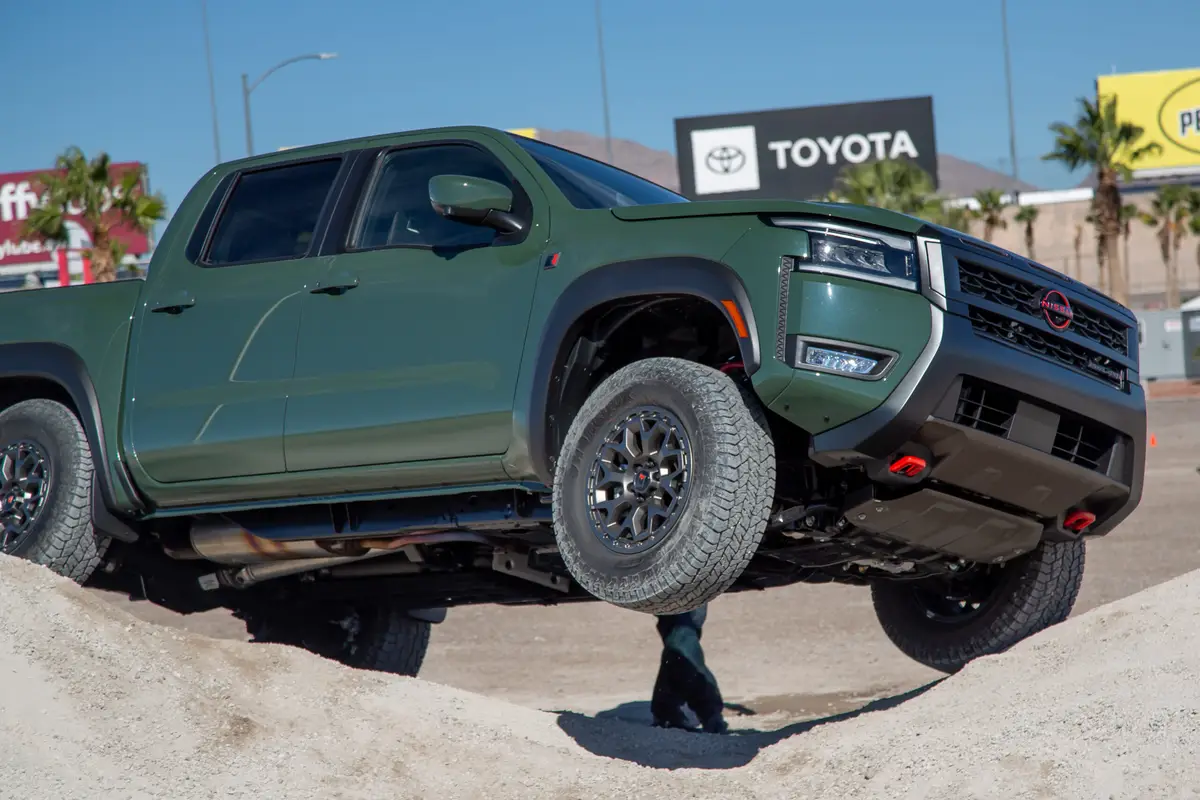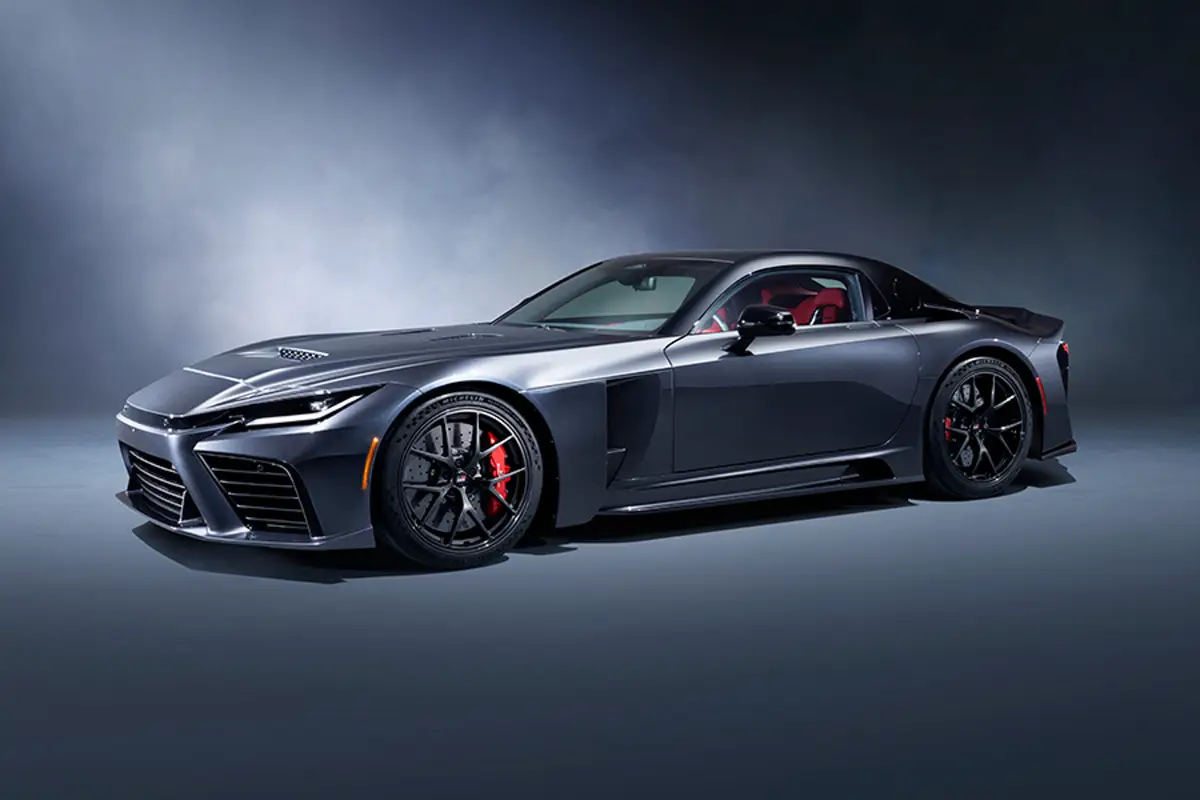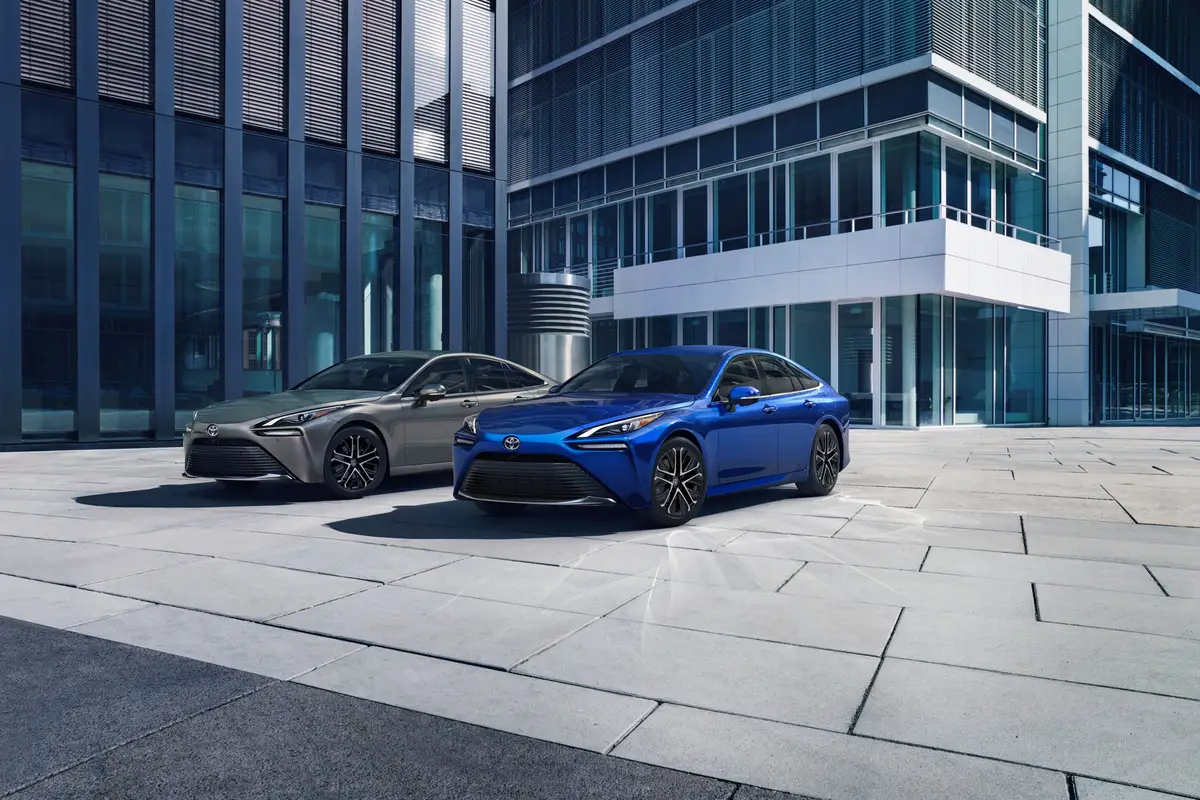washingtonpost.com's view
Basic can be good, if it’s understood to be basic. South Korea’s Kia Motors Corp. understands as much, and therein lies the danger for Japanese and U.S. car companies.
I’ve said it before: It’s a mistake to treat South Korean automakers as ciphers in the global auto business. These folks are serious. They want market share. They rapidly are improving product quality, while continuing to beat rivals on price.
The 1997 Kia Sephia is a case in point. It’s an ordinary economy car sold at base prices ranging from $9,795 to $12,830. That’s inexpensive. But it’s not cheap.
The difference is in the notion of value for the dollar. The Sephia offers good value, especially as a commuter. It’s well-made, fuel-efficient and, by economy car standards, almost pleasant to look at.
In its fully loaded form, the Sephia comes with standard amenities such as a 122-horsepower engine, four-wheel independent suspension system and speed-sensitive rack-and-pinion steering.
But the car’s real virtue is that it is what it is — an economy runner. It doesn’t over-promise, doesn’t vow to give you what Mazda calls “a passion for the road,” or any of that silliness. It’s just a good little car committed to getting you from place to place in reasonable comfort at a reasonable price.
Hmph. What an idea.
Background: Kia probably will stick with this sensible car-sensible pricing strategy for the next several years. This is to help the company gain respect in the United States. And then it probably will do what every other automaker has done in the U.S. auto market — move upscale.
That’s life. The poor, we will have with us always. But profit lies in affluence. Kia wants to be profitable in America.
But until that time, there are deals to be had; and the Sephia is one of the best new-car deals available today.
It is equipped with an in-line, four-cylinder, double-overhead cam, 16-valve engine rated 122 horsepower at 6,000 rpm with torque rated 117 pound-feet at 4,000 rpm. This engine works best with the Sephia’s standard, five-speed manual transmission. With the optional, electronically controlled four-speed automatic, there is a lot of wheezing and whining in the higher gears.
A 1.6-liter, 105-horsepower version of that engine is sold as standard Sephia equipment in California, where clean-air politicians are doing everything in their power to make the gasoline engine obsolete.
Standard brakes include vented, power front discs/rear drums. Power four-wheel discs are optional, along with anti-lock brakes. There is a four-wheel independent suspension system, which is somewhat compromised by the Sephia’s standard, 13-inch (rim diameter) tires. The optional 14-inch tires and wheels offer better balance and drivability on potholed city streets.
The front-engine, front-wheel-drive Sephia is sold in the base RS, mid-scale LS, and best-equipped GS trim lines. It seats four people comfortably. It can accommodate a fifth person of extremely narrow stature.
Dual air bags are standard up front, which means you put children under 12 years old in the back.
1997 Kia Sephia
Complaints: Engine wheeze and whine at highway speeds in the Sephia GS sedan with the optional automatic transmission. There were no such grumblesome noises in a tested, manual-transmission version of the car.
Also, Kia might want to change some of its advertisements in America, where its logo is emblazoned on yellow traffic signs. Those signs mean “Warning” in the United States.
Praise: Excellent runabout car. Could prove to be tiring on trips longer than 100 miles. But for the short stuff, it’s hard to beat.
Head-turning quotient: Not much. But some people were attracted by the bright red, oval Kia nameplate on the front and rear of the car.
Ride, acceleration and handling: Overall good ride. Good acceleration with the manual transmission. So-so acceleration with the automatic car. Good small-car handling Good braking, wet and dry roads, with and without anti-lock backup.
Mileage: About 27 miles per gallon (12.7-gallon tank, estimated 335-mile range on usable volume of regular unleaded), running mostly highway, driver only, with light cargo (11 cubic feet of trunk space).
Sound system: AM/FM stereo radio and cassette. Four speakers. Installed by Kia. Okay.
Price: Base price on the tested 1997 Kia Sephia GS sedan with automatic transmission is $12,830. Dealer invoice on that model is $11,312. Price as tested is $14,125, including $870 for the optional air conditioner and a $425 destination charge.
Purse-strings note: The Sephia should be on all economy car shopping lists. Compare with Honda Civic, Toyota Corolla, Mazda Protege, Ford Escort, Dodge Neon, Mitsubishi Mirage, Hyundai Elantra, Suzuki Esteem, Subaru Impreza, Chevrolet Cavalier, Nissan Sentra.
Latest news



